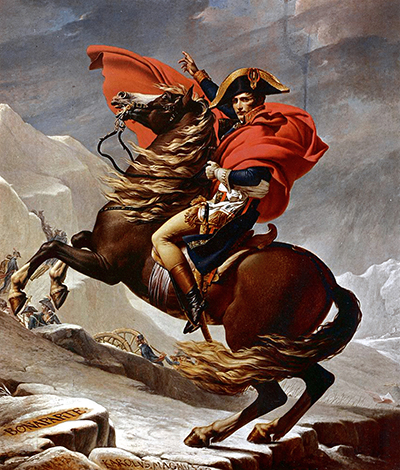This biography examines the rise to fame of a highly significant painter from 19th century France, namely Jacques Louis David.
The young Jacques Louis had a difficult start to life in losing his father at just 9 years old but his extended family supported him well and allowed him more opportunities than most would have enjoyed at this time. A career in art seemed likely from an early age but his relatives were trying to persuade him towards specialising in sculpture or drawing, rather than his own preference of painting.
Francois Boucher was a Rococo painter with considerable fame at this time and he was loosely connected to the artist through family ties. He took the artist on for a short period before discovering that their styles were completely incompatible, handing him over to the more suited Joseph-Marie Vien. This seemed a better pairing and the master quickly uncovered some considerable potential within his young underling.
The stubborn young man went on to get his own way and would later achieve the impressive award of the Prix de Rome from the Académie Royale in Paris. By that point he had attempted to earn for several years and so it was a great relief to finally earn the prize of boarding and teaching in their sister location of Rome.
He went to Rome with his tutor and there he studied many centuries of Italian classicism, learning as much as he could from the great masters of the past. He also produced endless study drawings so that he could continue to refer to their work even after he had returned to France. Despite his passion for the classical style of art he felt that there lacked movement which he wanted to add to his own style. He would return to Italy on several further occassions in order to complete several commissions and also continue studying this region of artistic excellence.
The 1780s were a particularly important point in the career of Jacques Louis David, with his joining of the Académie Royale as a respected artist and also his delivery of several key pieces including Oath of the Horatii, Death of Socrates and The Lictors Bringing to Brutus the Bodies of His Sons, with The Death of Marat following just a few years afterwards.
The instability of French life would then impact the artist's life beyond all recognition. On several occassions the artist would have to choose his position carefully to avoid falling foul of the ruling powers, which changed several times. He did not always make the right choice, meaning that, for example, he was never to be allowed to be buried in France (due to disagreements with the reign of King Louis XVI).




